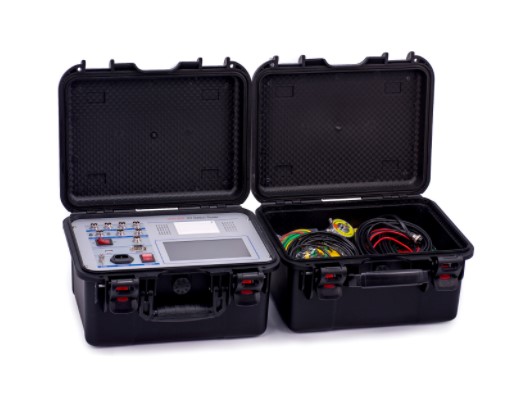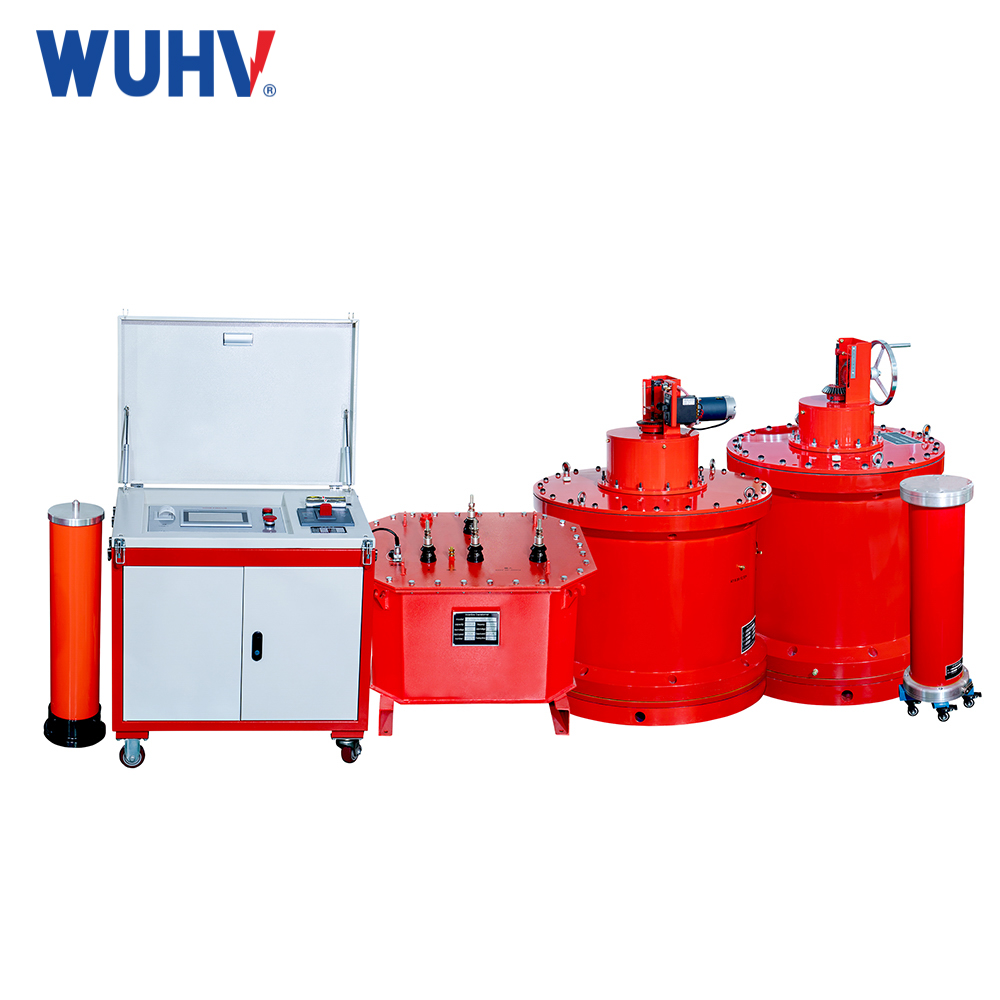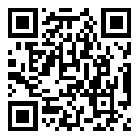LeTesteur de disjoncteur under Wuhan UHV can help many power workers conduct various power tests more conveniently.
Core Working Principle Steps:
1.Simulating Fault Current:
The tester contains a high-current generator (typically based on transformers or power electronics) capable of outputting currents ranging from hundreds to tens of thousands of amperes.
Adjustable parameters: Users can set current values (e.g., 1.5x, 10x rated current), duration (0.01s to several seconds), and current waveforms (DC, AC sine wave, or transient pulses).
2.Connecting the Tested Circuit Breaker:
Connect the tester’s high-voltage output terminals to the circuit breaker’s input terminals (e.g., main contacts) and its ground terminal to the breaker’s output or grounding busbar.
Use control wires to interface with the breaker’s trip/close coils (for remote triggering).
3.Triggering Tests and Data Acquisition:
Manual mode: The user manually initiates the test; the instrument outputs preset current.
Automatic mode: The instrument automatically ramps up current (e.g., from 0.5x to the trip threshold).
Key measurement parameters:
Operating time (millisecond accuracy): Time from current reaching the set value to the breaker fully opening.
Trip current value: Actual current threshold at which the breaker trips.
Contact resistance: Detects main contact condition via micro-resistance measurement.
Trip characteristic curve: Records current vs. time relationship, plotting the trip curve (e.g., inverse time characteristic for thermal-magnetic breakers).
4.Data Recording and Analysis:
The instrument’s built-in processor records current waveforms, operating times, and other data in real time.
Automatically compares results against preset standards (e.g., IEC 60255, GB 14048) to determine pass/fail status.
Generates test reports (including waveforms, operating times, error analysis, etc.).
Summary:
UNcircuit breaker tester is essentially a controllable high-current source + high-speed recorder. By precisely replicating fault conditions and quantifying the breaker’s response parameters (time, current threshold, characteristic curve), it ensures the breaker can reliably protect circuits during actual faults. This "experimental verification of theory" approach is fundamental to power system safety maintenance.




















